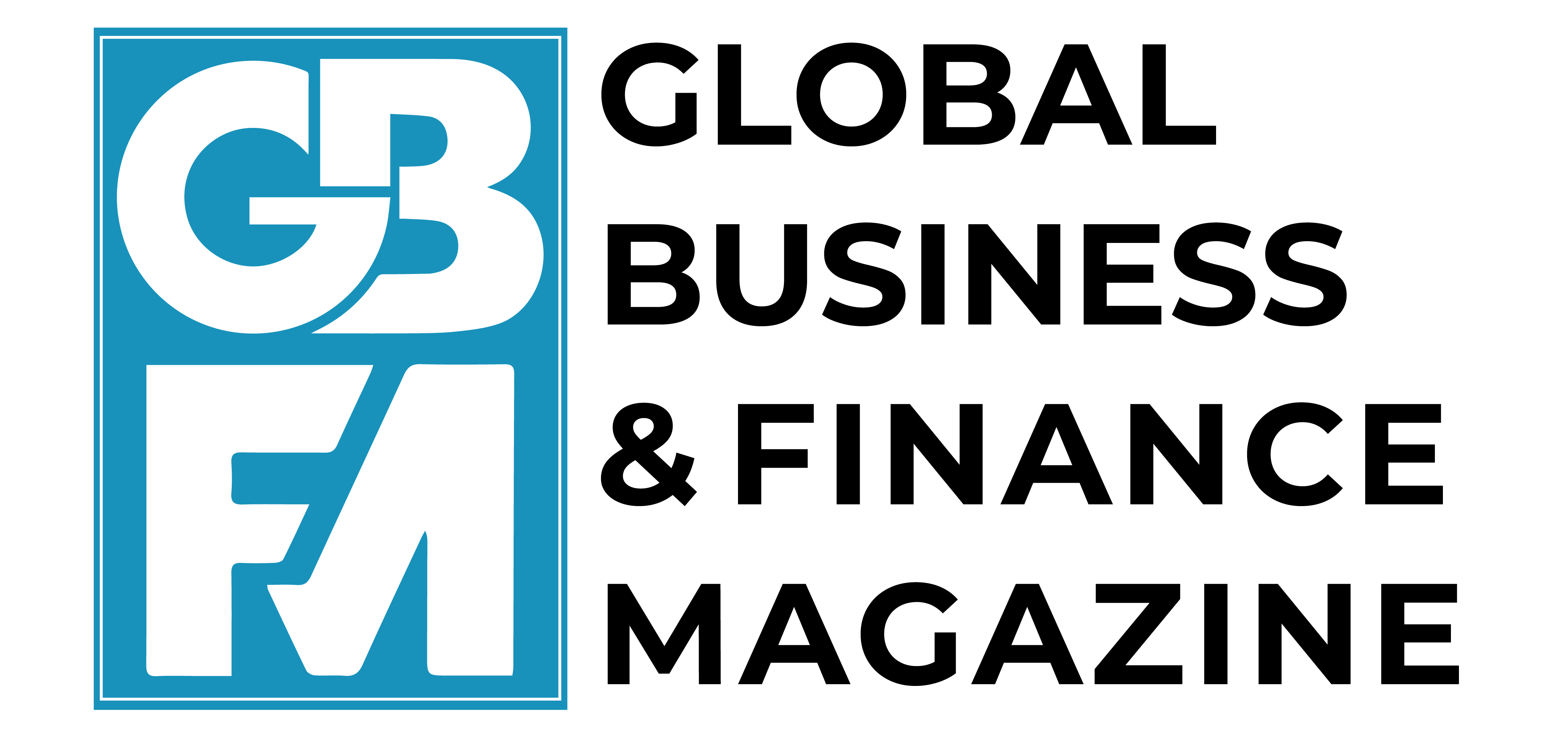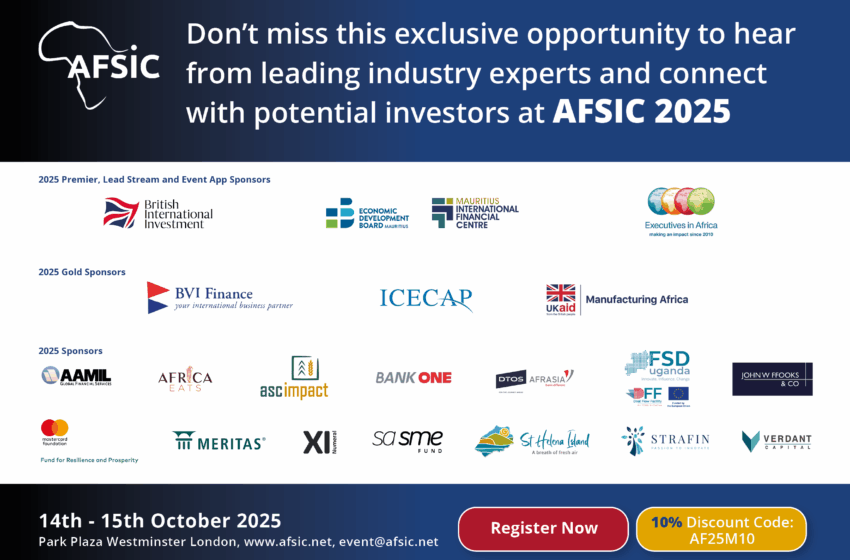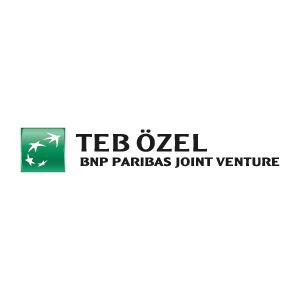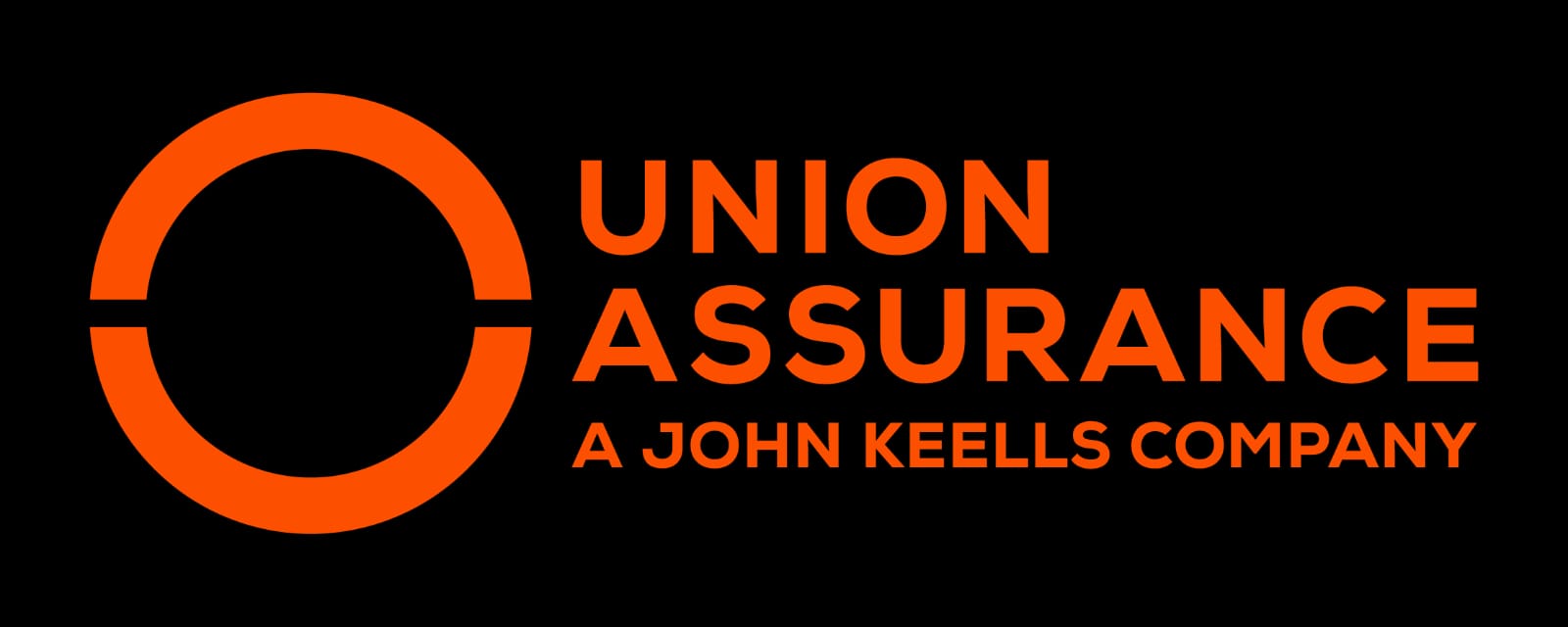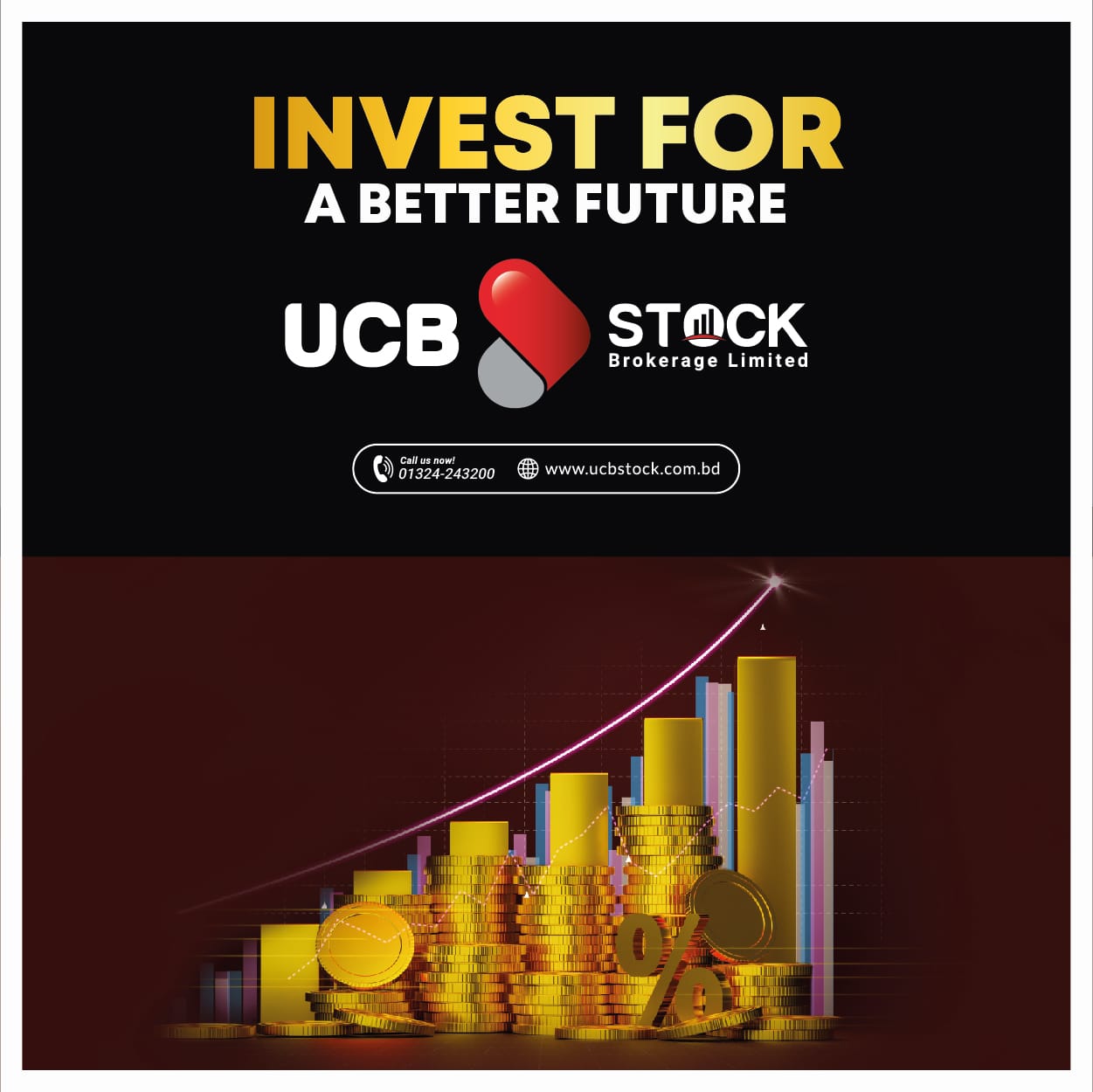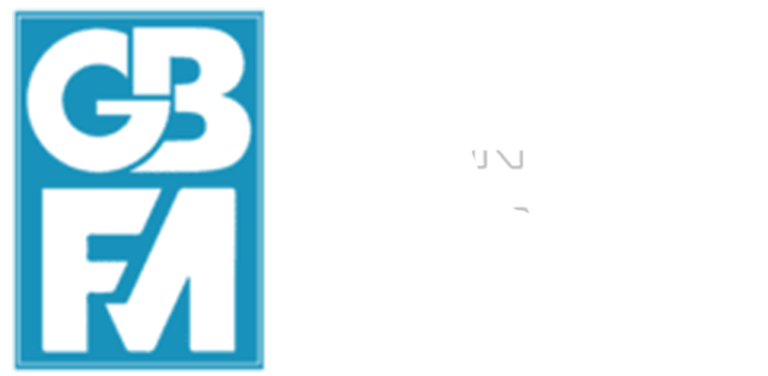Amid geopolitical shocks, the EU is revisiting its industrial strategy. However, traditional metrics often paint a misleading picture of Europe’s underlying strength. This column uses a new approach to measure the EU’s relative state of technology in different sectors. It shows that although EU manufacturing broadly outperforms the rest of the world in productivity terms, the industries in which it specialises are not always those in which it is relatively more productive. It argues that industrial policy must be rooted in productivity diagnostics and support should target sectors with strong relative state of technology but weak trade performance.
In the face of geopolitical shocks and intensifying global competition, the EU is revisiting its indus-trial strategy. Policymakers are particularly concerned about the erosion of Europe’s technologi-cal edge vis-à-vis the US and China (Draghi 2024). Yet, how should one measure technological prowess in the first place?
Our recent research (di Mauro et al. 2025) suggests that traditional metrics like revealed com-parative advantage – based on observed export shares – paint a misleading picture of Europe’s underlying strength. Instead, we apply a methodology grounded in economic theory that purges trade data of distortions caused by input costs, market size, and other external factors. The re-sulting ‘Ricardian’ measure offers a more accurate view of the EU’s relative state of technology. What we find is a sobering misalignment: Europe often specialises in industries where it does not hold a true productivity advantage, and vice versa.
Why revealed comparative advantage can be misleading
The Balassa index of revealed comparative advantage (BRCA) has long been used to infer a country’s sectoral strengths. But BRCA is a noisy indicator. A country might export motor vehi-cles not because it is more productive at making them, but because it enjoys cheaper capital, looser regulations, or deeper supplier networks. That is, external competitiveness doesn’t al-ways reflect internal productivity.
To overcome this, we adopt a new model developed by Huang and Ottaviano (2024) that iso-lates technology-driven comparative advantage by controlling for:
- Relative input prices (à la Heckscher-Ohlin)
- Market size and access (à la Krugman)
- Firm selection dynamics (à la Melitz)
- Trade frictions and heterogeneity
This model delivers a structural measure of a sector’s relative state of technology, capturing its productivity net of market distortions.
Applying the model to the EU
We apply this framework to 16 EU countries using CompNet’s micro-aggregated firm-level data and OECD input-output tables from 2010-2018. The model leverages data on export propensity, export intensity, market size, and firm heterogeneity to back out sectoral productivity.
Figure 1 Misalignment between export specialisation and technological strength


Note: Ranks for 2010-2018 averages (higher ranks are associated with smaller values). The 45-degree line shows perfect alignment between sectors’ export specialisation (BRCA) and techno-logical strength (RST). Sectors above the line are overrepresented in exports relative to their technological advantage.
The key finding is that although EU manufacturing broadly outperforms the rest of the world in productivity terms, the industries it specialises in are not always those where it is relatively more productive. For example, wearing apparel shows a high technology advantage but weak export performance, whereas motor vehicles, by contrast, show strong export performance but lagging productivity.
The EU versus the US: A tougher benchmark
When we compare Europe to the US, the misalignment becomes starker. Europe’s technological advantage erodes in key high-tech sectors like electrical equipment, machinery and equipment n.e.c., and motor vehicles. These are precisely the sectors Europe aims to bolster through in-dustrial policy.
Figure 2 EU vs US: Relative state of technology by sector


Note: Values greater than 1 indicate EU technological leadership. Europe underperforms the US in several high-tech sectors despite strong export performance.
What drives the misalignment?
A decomposition shows that export specialisation depends on a complex interplay of:
- Input prices – lower costs can inflate export shares.
- Firm heterogeneity – more homogeneous firms correlate with higher observed revealed comparative advantage.
- Trade freeness – more open sectors attract more exporting firms, boosting revealed comparative advantage.
- Market size – larger domestic markets enable firms to scale and export more.
In short, favourable trade performance may reflect structural advantages other than productivity (e.g. subsidies, geographic clustering, or network effects).
Policy implications
Our findings have several important implications for EU policy. First, don’t equate exports with excellence: export success should not be mistaken for technological strength, and policymakers risk promoting sectors that look competitive but are structurally weak. Second, industrial policy must be rooted in productivity diagnostics; rather than blindly backing export winners, support should target sectors with strong relative state of technology but weak trade performance – these ‘hidden champions’ have untapped potential. Third, complement tech investment with eco-system reforms, since achieving comparative advantage requires more than innovation subsi-dies. The EU should ensure access to affordable inputs, deepen the Single Market to expand firm scale, streamline firm entry and exit to encourage competition, and invest in workforce skills and capital deployment.
Conclusion
As Europe ramps up its industrial strategy, it must distinguish between observed trade success and underlying productivity. Comparative advantage is about more than what you export – it’s about why you export it. Our analysis shows that Europe’s trade specialisation often deviates from its true technological strengths. For a smarter industrial policy, start with smarter metrics.
Source : VOXeu

